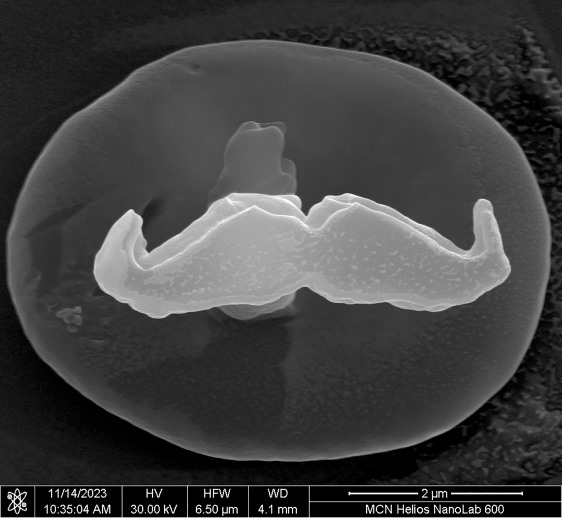Blood
How do you give a red blood cell the world’s smallest Mo?
Two charities roll up their sleeves for men’s health
Did you know 1 in 3 men will need blood in their lifetime? In fact, 3 of the top 4 leading causes of death for men in Australia can require blood products during treatment.* The reality is men’s health relies on blood donation. But with only 1 in 30 men donating, Lifeblood needed something to kick start a conversation.
When it comes to men’s health there’s one charity that’s changed the game. Movember has led the way in helping men open up about their health and support their mates. As two charities dedicated to improving and saving lives, Lifeblood and Movember share a lot in common. This year, the two charities have worked together to create the ‘Brothers in Arms’ bandage, designed for donors to give blood and raise awareness for men’s health while they’re at it.
Big things start small
To help celebrate the partnership and kick start a conversation around blood donation’s role in men’s health, Lifeblood set off on an endeavour into the microscopic world.
In collaboration with the Australian National Fabrication Facility’s Melbourne Centre for Nanofabrication (MCN) and the Ramaciotti Centre for Cryo-Electron Microscopy at Monash University, Lifeblood developed a plan to put a microscopic Mo on a volunteer donor’s red blood cell.
First, Lifeblood collected a blood sample from an anonymous donor. The sample was then delivered to Monash University, where scientists at the Ramaciotti Centre selected red blood cells from the sample and prepared them for imaging by fixing them to a gold-coated slide. From there, the cells were sent to MCN, where the team quickly set to work attaching the Micro Mo to a single red blood cell and imaging the minuscule masterpiece using a focused ion beam scanning electron microscope (FIB-SEM.)
“FIB-SEM is capable of imaging structures as small as 1/10,000th of the width of a human hair, by employing high-energy beams of metal ions to etch and deposit tiny structures,” explained Bernie Orelup, Engineering & Operations Manager at the Melbourne Centre for Nanofabrication
“The process to make the moustache is akin to constructing a miniature ‘Mr. Potato Head’ accessory. We meticulously crafted the tiny ‘Mo’ by layering 3D printed polymer resin on a tiny stalk and delicately attaching it to a single red blood cell using a micro manipulator,”
With immense skill, the team at MCN were able to place the Mo onto the surface of the red blood cell, creating what could be the world’s smallest moustache. And while he may be small – with your help this little Mo can make a big difference. Share this story with your mates, start a conversation about blood donation with your loved ones and roll up your sleeves for the men and women who need it most.
*ABS leading causes of death, males, Australia – selected years – 2012, 2016, 2020, 2021
Causes of Death, Australia, 2021 | Australian Bureau of Statistics (abs.gov.au)

